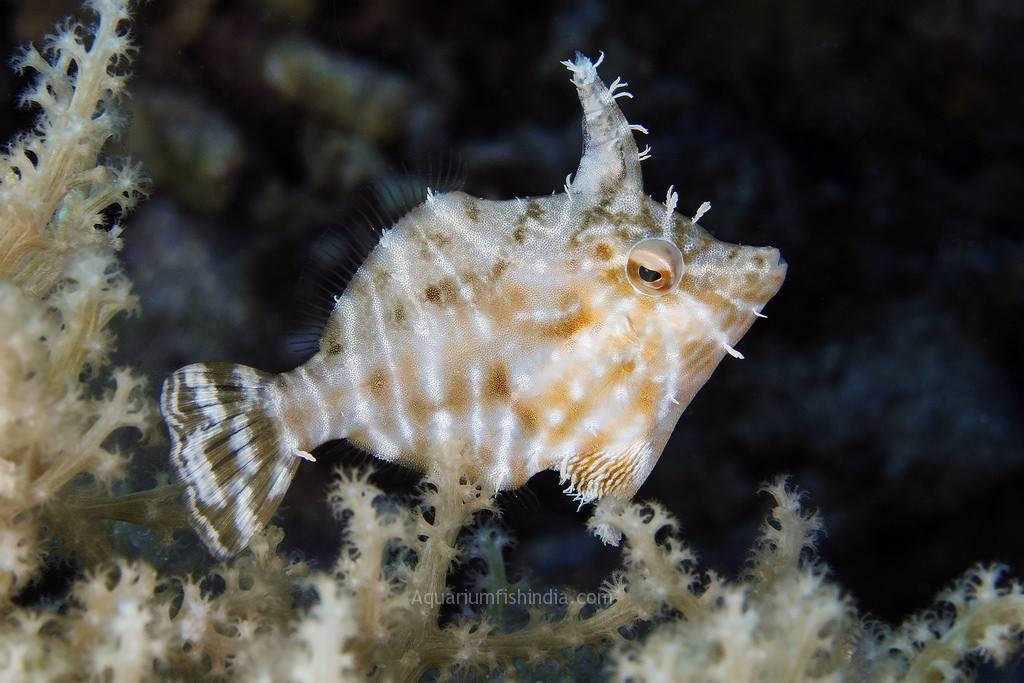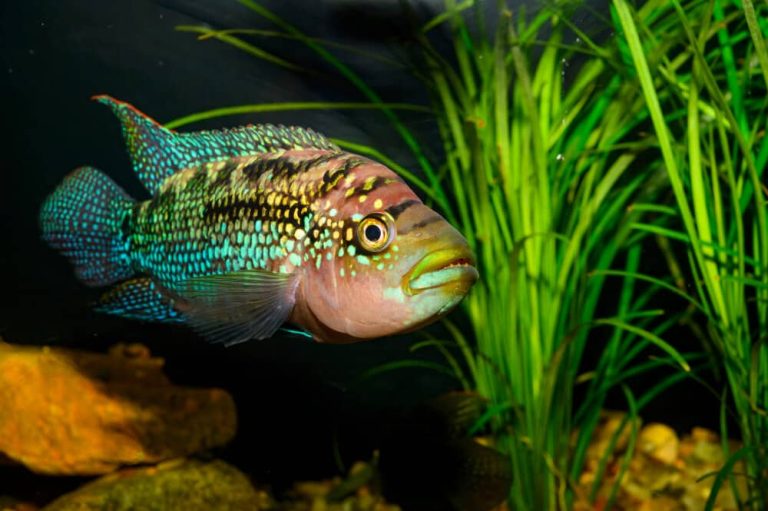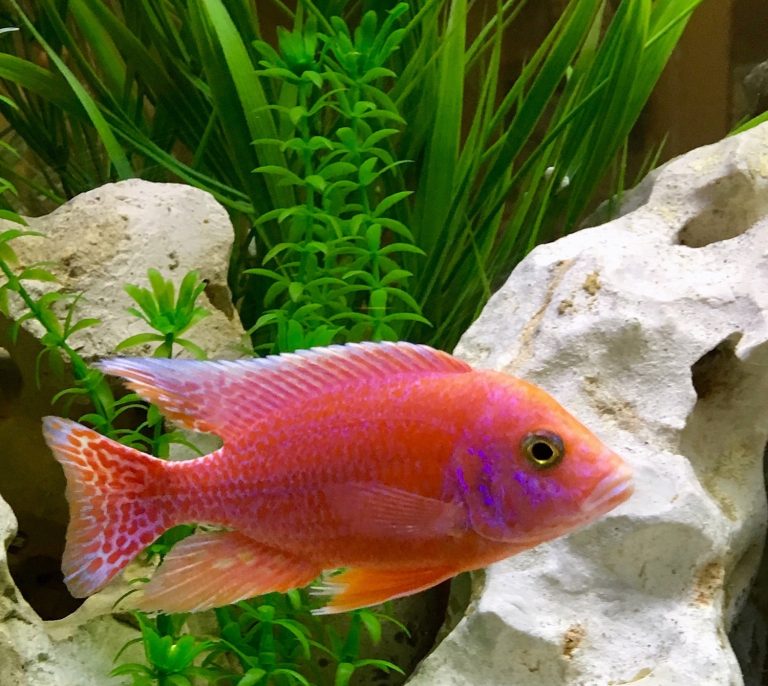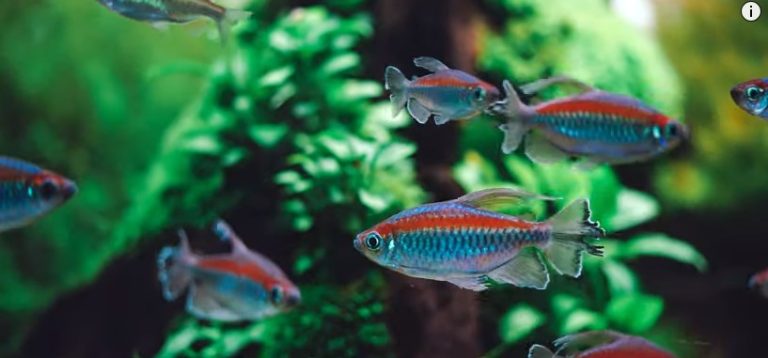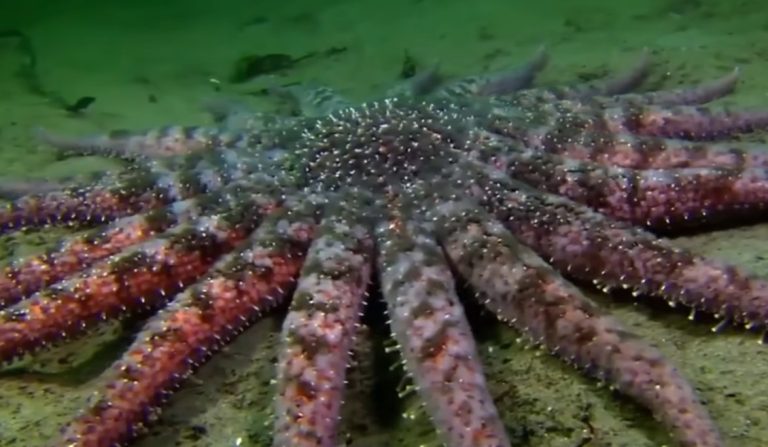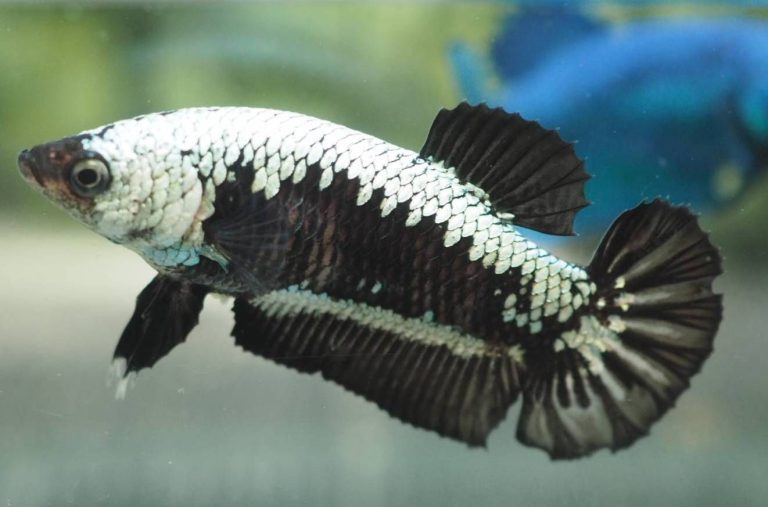Aiptasia Eating Filefish
Aiptasia Eating Filefish: The Solution to Your Pest Problem
Do you have aiptasia, those pesky anemones that seem to multiply overnight in your saltwater aquarium? Are you tired of trying different methods to get rid of them, only to have them come back stronger than ever? Well, look no further because the aiptasia eating filefish may just be the solution you’ve been searching for.
What is an Aiptasia Eating Filefish?
The aiptasia eating filefish, scientifically known as Acreichthys tomentosus, is a small, colorful fish that has become a popular choice for aquarium owners dealing with aiptasia infestations. This filefish is native to the Indo-Pacific region and is known for its ability to consume aiptasia anemones, making it an effective natural predator for these pests.
Why Are Aiptasia Anemones a Problem?
Aiptasia anemones may seem harmless at first, but they can quickly become a nuisance in your aquarium. These cnidarians are known for their rapid reproduction rate, and a few small individuals can soon turn into a full-blown infestation. Aiptasia sting and irritate other corals, releasing toxins that can harm or kill nearby corals. Their presence can disrupt the overall health and balance of your aquarium ecosystem.
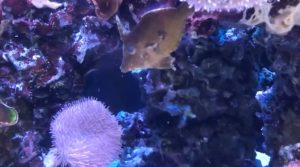
The Aiptasia Eating Filefish Solution
1. Natural Predation: Aiptasia eating filefish have a natural appetite for aiptasia anemones. They actively seek out and consume these pests, effectively reducing their numbers and preventing further reproduction. Their small mouths and specialized teeth allow them to navigate through the anemone’s tentacles without being harmed.
2.Compatibility: Aiptasia eating filefish are generally peaceful and can coexist with other non-aggressive tank inhabitants. They often swim near the bottom of the tank, exploring rocks and crevices where aiptasia tends to thrive. Their small size (around 4 inches) makes them suitable for smaller aquariums as well.
3. Hardiness: Acreichthys tomentosus are known to be hardy and adaptable, making them relatively easy to care for. They can tolerate a wide range of water conditions, including temperature and pH fluctuations. However, it is still essential to provide them with a well-maintained and stable environment to ensure their long-term health.
Introducing and Caring for Aiptasia Eating Filefish
When adding aiptasia eating filefish to your aquarium, there are several factors to keep in mind:
Tank Requirements: Provide plenty of hiding places and crevices for the filefish to explore, as well as live rock for them to graze on. A well-established tank with stable water parameters is ideal. Avoid aggressive tankmates or large predatory fish that may prey on the filefish.
Feeding: While aiptasia is their preferred food, it is crucial to provide a varied diet for optimal health. Supplement their diet with small mysis shrimp, chopped fish, or quality frozen foods designed for herbivorous species.
Acclimation: When adding a filefish to your tank, ensure a proper acclimation period to help them adjust to their new environment. Slowly introduce them to the water parameters of your aquarium over the course of an hour or more.
Maintenance:Regularly monitor your tank for aiptasia anemones. While the filefish will actively seek them out, it is still wise to remove any large clusters manually. Additionally, perform routine water changes and maintain excellent water quality to support the filefish’s overall health.
Potential Challenges
While aiptasia eating filefish can be incredibly beneficial in controlling aiptasia populations, there are a few potential challenges to be aware of:
1. Availability: Aiptasia eating filefish may not be readily available at all aquarium stores. They are becoming more popular, but it may require some research or assistance from specialized marine suppliers to find them.
2. Preference for Aiptasia: In some cases, filefish may develop a preference for other types of food and become less interested in consuming aiptasia. Ensuring a diverse diet and providing enough natural aiptasia prey in the tank can help prevent this behavior.
3. Compatibility: While aiptasia eating filefish are generally peaceful, they can occasionally display territorial behavior towards conspecifics (other filefish) or similarly shaped fish. In these cases, it’s best to provide plenty of hiding spots and visual barriers to reduce aggression.
Frequently Asked Questions
1: Can aiptasia eating filefish completely eradicate aiptasia from my tank?
While aiptasia eating filefish can significantly reduce aiptasia populations, it is unlikely that they will completely eradicate the anemones. It’s still essential to manually remove any large clusters or use additional methods like peppermint shrimp or specialized aiptasia-killing solutions for more stubborn cases.
2: Are aiptasia eating filefish reef-safe?
Aiptasia eating filefish are generally considered reef-safe; however, caution should be exercised when introducing them to tanks with delicate or rare coral species. Occasionally, they may nip at small-polyped stony corals (SPS) or other invertebrates. Observe their behavior closely and make adjustments as needed.
3: How many aiptasia eating filefish should I add to my tank?
The number of aiptasia eating filefish needed depends on the size of your tank and the severity of your aiptasia infestation. In smaller tanks, one or two filefish may be sufficient, while larger tanks may require three or more. Ensure you have adequate space and hiding spots for each fish.
Final Thoughts
The use of aiptasia eating filefish can be a valuable and natural solution to control aiptasia in your saltwater aquarium. Their ability to actively seek out and consume these pests makes them an attractive option for those struggling to eradicate aiptasia infestations. Remember to provide a suitable environment, maintain a varied diet, and monitor their behavior closely. With proper care, your aiptasia eating filefish can help restore balance and beauty to your aquarium ecosystem.
